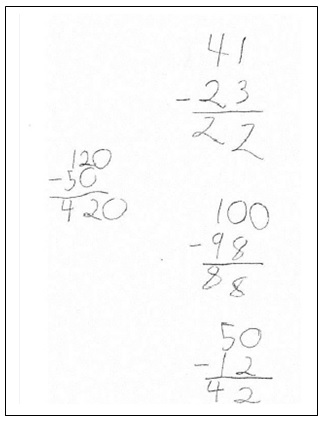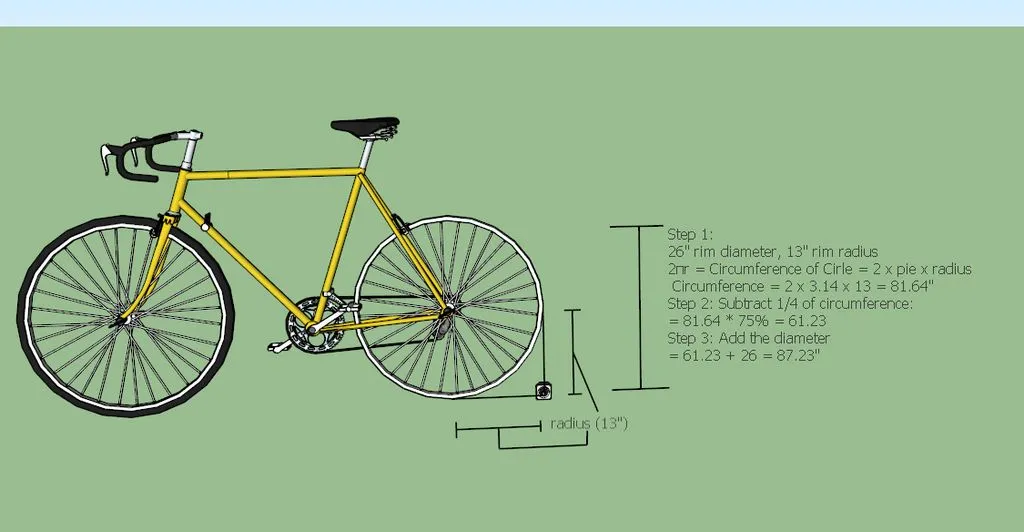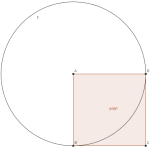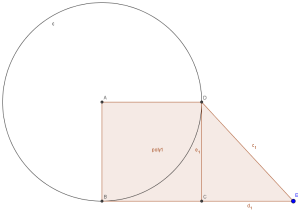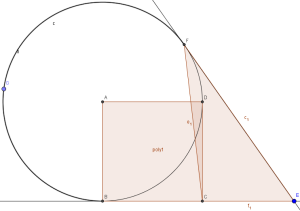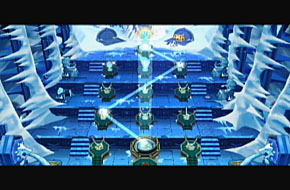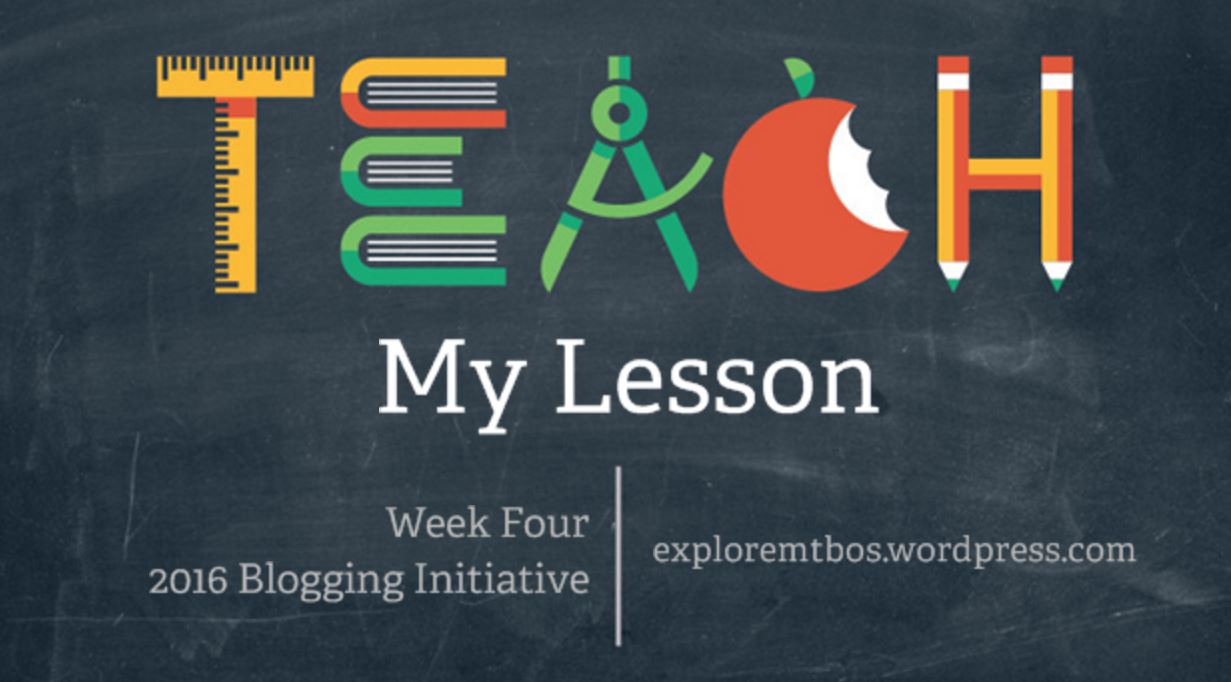
- Photo by Pixabay on Pexels.com
It has always been the recognized duty of the teacher to conduct himself in such way as to command the respect and good will of the community, though one result of the choice of a teacher’s vocation may be to deprive him of the same freedom of action enjoyed by persons in other vocations.
This sentence was in the opinion handed down in 1939 by the Pennsylvania Supreme Court in the case Horosko v. School Dist. of Mount Pleasant Tp. et al.
I have always tried to be careful with what I post online. I am a thinker–I love to think. About a number of topics. And many topics are topics I am familiar with.
Not only do I love to think, I love to teach. I have been teaching or tutoring in some capacity since 2000. As a teacher, I share knowledge with others. And given my background and history in teaching, I have a lot I have thought about. A lot I would love to share and educate others.
I have taught in the inner-city as well as the suburbs. High school and college. Public school and private school. Online and face-to-face. Synchronous and asynchronous. Traditional students and non-traditional students. Traditional classroom and flipped classroom. Mostly math, but also social studies, finance, life-skills, motorcycle safety, space, … Really any opportunity I have!
And although I have a desire to share my opinions on a wide variety of issues, I never felt comfortable doing so in an online platform.
After finding this quote today, I realize that my fears are justified.
On one hand, with all the teacher shortages I am reading about in the news, it seems sad that we need to put another barrier in the way of getting more teachers.
On the other hand, having three kids of my own in the school system, I do want some level of accountability and restraint on those who have a lot of influence on my kiddos.
What is the best way to find that balance?
I would love to share my thoughts, but I don’t want to risk losing the respect and goodwill of my community.
However, I am curious as to your thoughts. Where and how do you feel teachers’ freedom of actions” are deprived due to their vocation?


